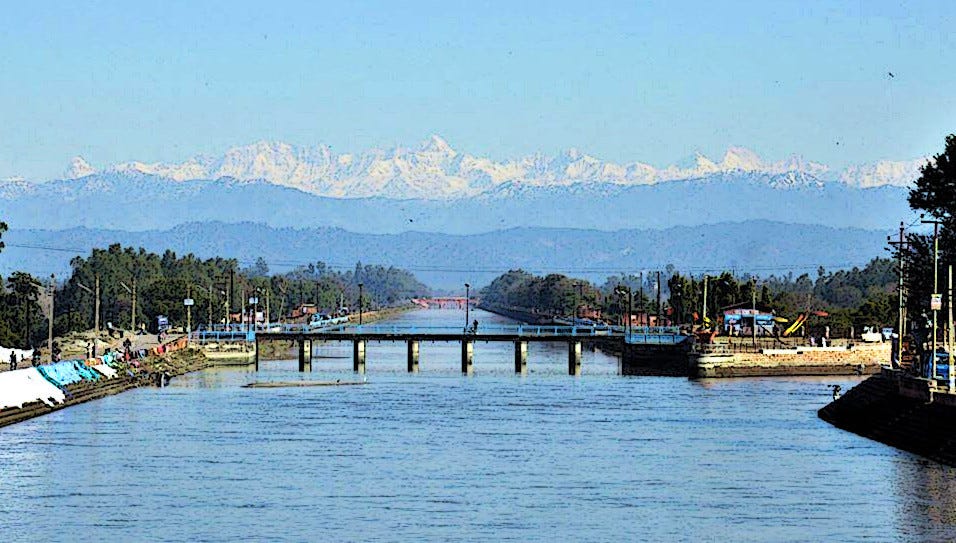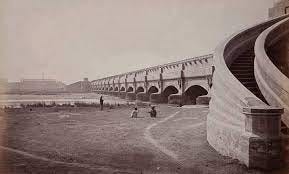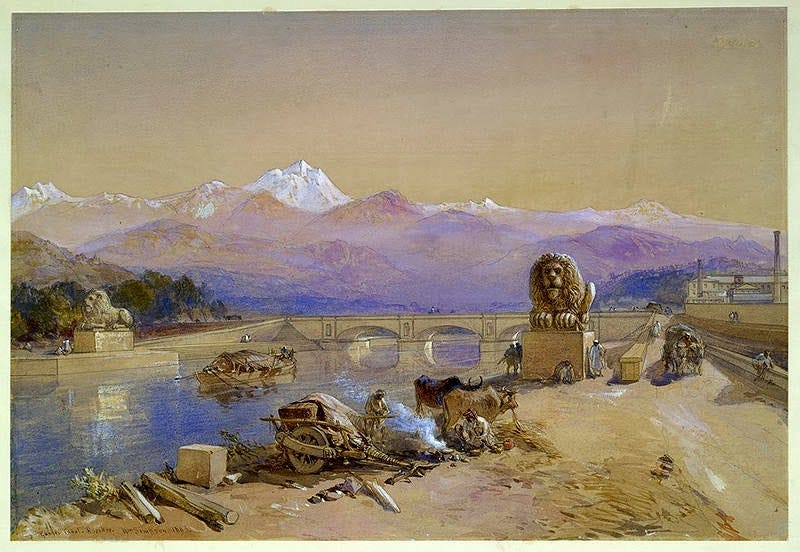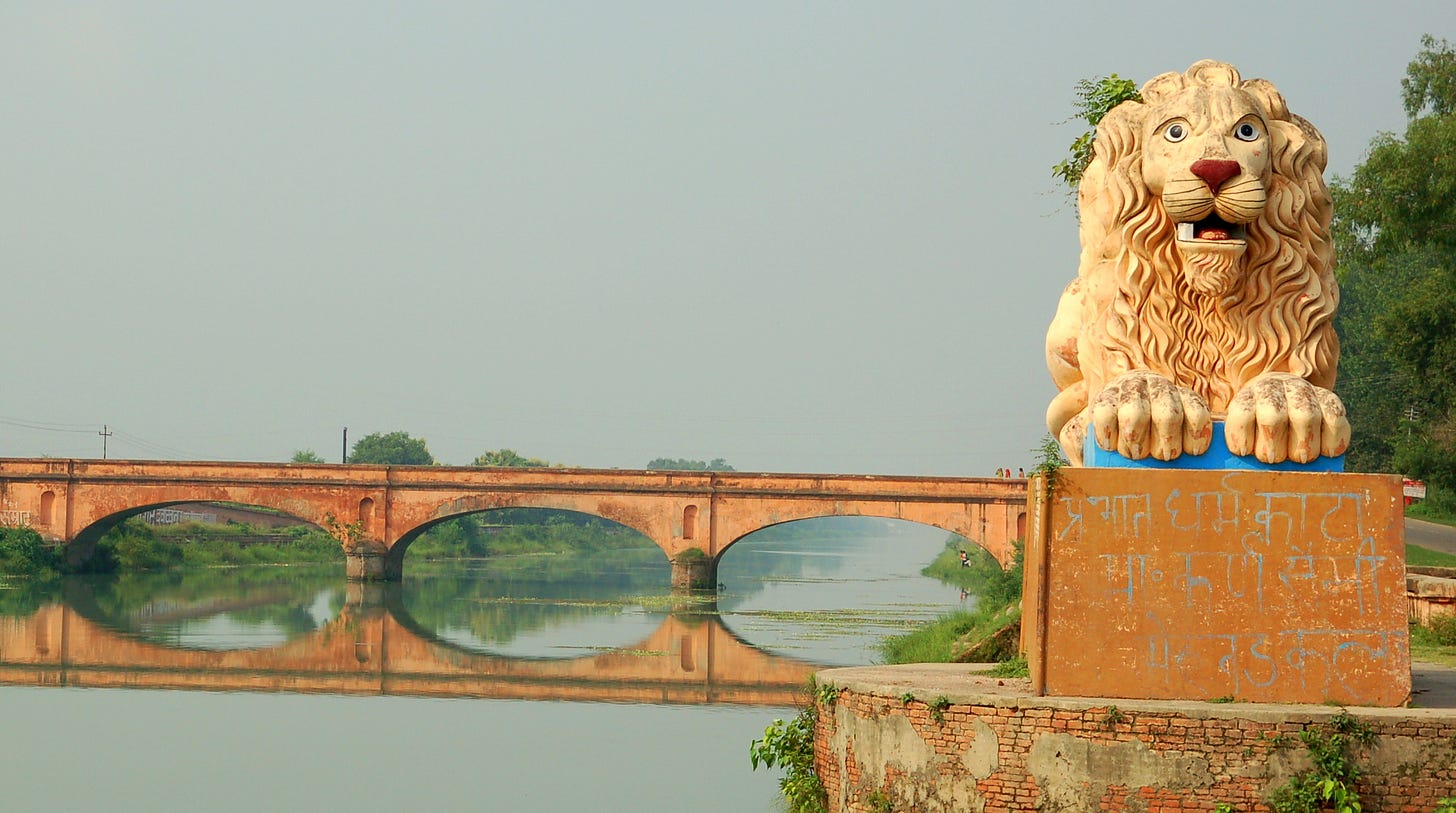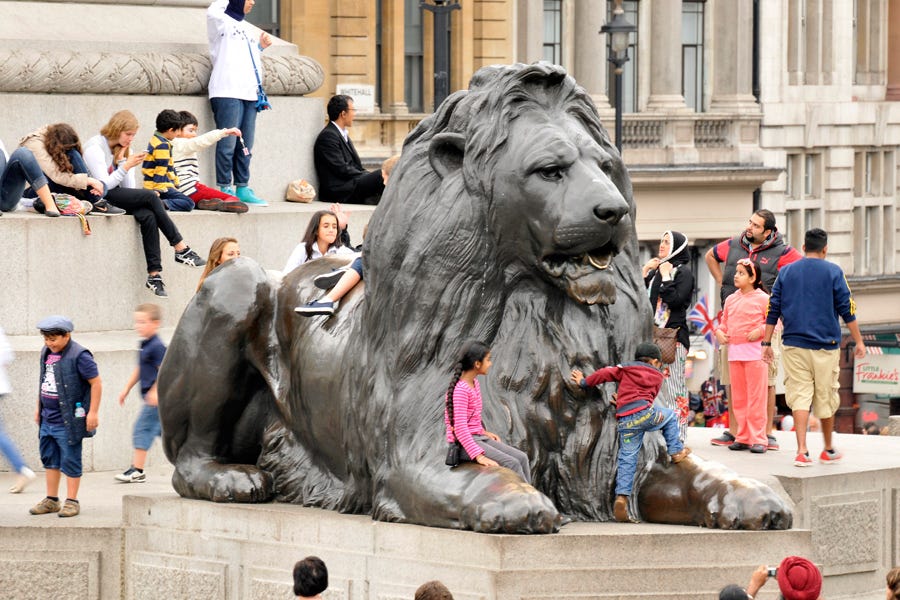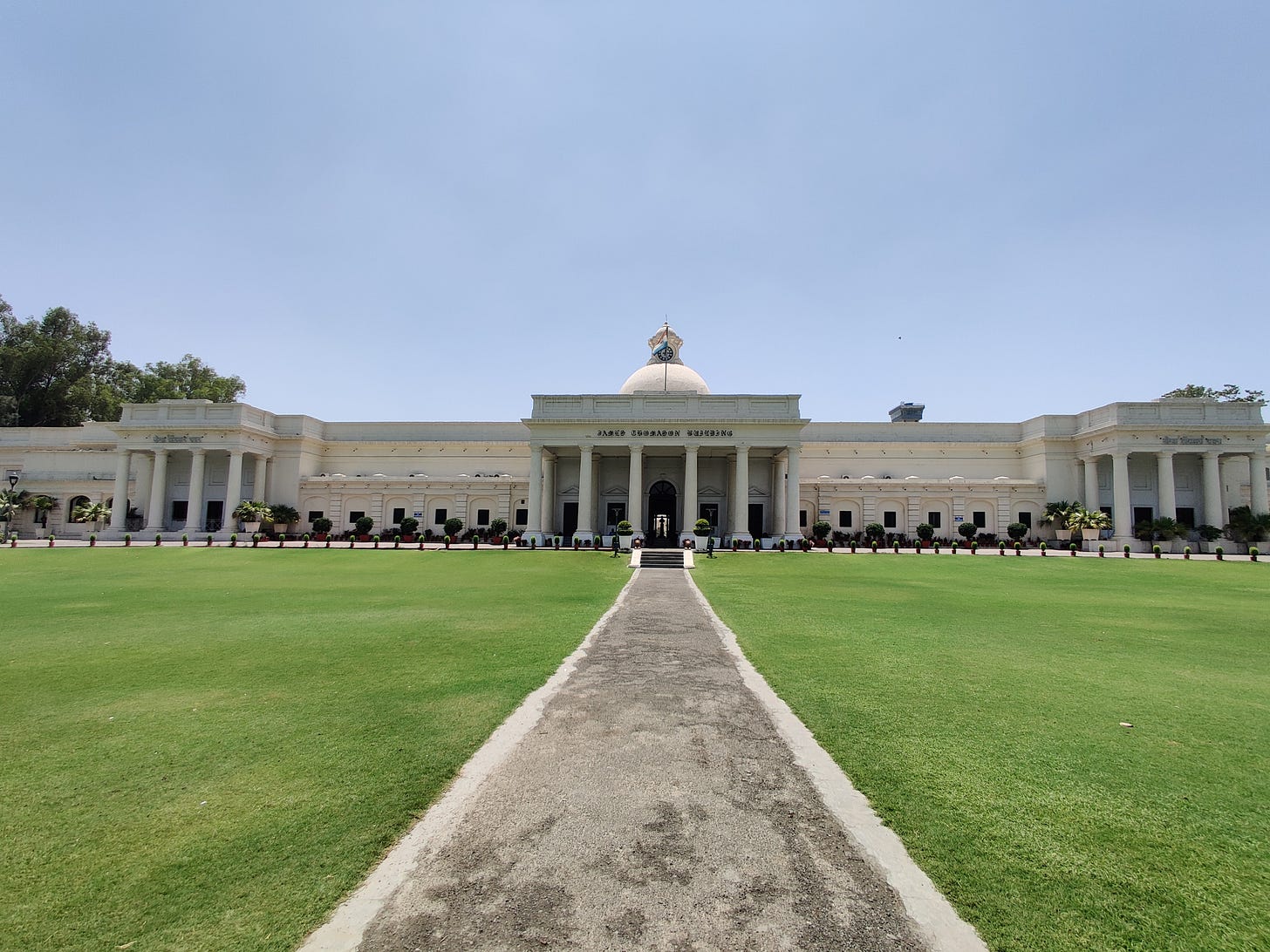Flowing Ingenuity: The Ganga Canal - An Engineering Triumph
Exploring the symbiotic legacy of water management and academic excellence: The Ganga Canal and IIT Roorkee
On a sunny Sunday morning, I embarked on a journey from Delhi to Roorkee to learn about the legacy of the Ganga Canal and the beginning of Engineering studies in Asia. Having arrived in Roorkee, I noticed that the city was clean and well-maintained and had the typical tidiness of the Army cantonment areas. The broad roads and the canal flowing through the town's center helped add a cool temperature to the overall environment. I was told that the town comprised 80% of the student population, and everyone mostly commuted via cycles. The city is only 8 km across.
The Ganga Canal is one of the oldest surviving water irrigation systems still in use. A surveyor named Proby Cautley conceived the idea of a canal after the great famine of Agra in the 1830s. During the famine, lakhs died because there was no water, and then there were floods. He was determined to tackle these issues and realized that water management would be the right way. He surveyed the Ganga and came up with the proposition that the Ganga Canal should be built.
The construction of the Ganga Canal was a monumental undertaking, a testament to human ambition and engineering prowess. The main canal began, stretching over 500 km from Har-ki-Pauri to Kanpur. A network of smaller canals and sub-canals extended its reach to a staggering 4000 km. This vast and complex system, designed and built by one man, is a testament to the human capacity for innovation and determination.
Undeterred by India's lack of engineering expertise, Proby Cautley took it upon himself to train a new generation of engineers. His vision established the Thomason College of Engineering, the first in Asia. This institution, which later evolved into Roorkee University and is now known as IIT, is a testament to his foresight and commitment to advancing engineering education in the region.
He started the college, trained the people, and designed the bricks and the bridge. At this time, there was opposition from various priests and religious leaders over the Ganga because the canal was to start from Har-ki-Pauri. The priests threatened to obstruct the free flow of the Ganga, but he overcame this obstacle by meeting them and giving them his word that he would leave a gap in the dam so that the river’s free flow would not be blocked. The dam's construction started after a Ganesh Puja and thus satisfied all the groups.
Another trouble he faced this time was that the levels of Haridwar and Roorkee were different. Roorkee was about 50 meters higher, and they couldn’t build the canal according to gravity. To enable a smooth flow of water, it had to be allowed to turn at a particular angle and then regulated so that the water could rise against the flow of gravity. To tackle this, he constructed the Aqueduct along the river Solani, an in-depth marvel of Engineering along with the other features of the dam. The Solani and the Ganga rivers flowed in the same dam, but the Solani river cut the Ganga very sharply, so the Ganga flows over the Solani now due to the Aqueduct system. Now, they don’t touch each other.
Mr Cautley took care of the aesthetics when foreseeing the dam's construction. You will see four big lion statues made of lime plaster placed strategically along the canal. A prototype of the same lion is seen at the James Thomason Building entrance (IIT.) The four lions were placed to represent the authority of the British Empire. Also, because Roorkee is in the line of sight of the Himalayas, it is closer to Roorkee than Rishikesh or Haridwar. One can see the snow-capped mountain peaks in many old photographs. Even in London’s most popular space, Trafalgar Square, the lions are a copy of the Roorkee lions. Those lions were built here first and then copied and placed there.
IIT Roorkee is the foremost Engineering College in India and holds the highest authority for studying Civil Engineering. Today, it has 23 academic departments covering engineering, architecture and planning, humanities and social sciences, management programs, and study centers. It is a proud secular campus with a temple, church, mosque, and gurudwara. The Department of Earthquake Engineering is the only one in the country that deals with earthquake engineering problems and challenges.





